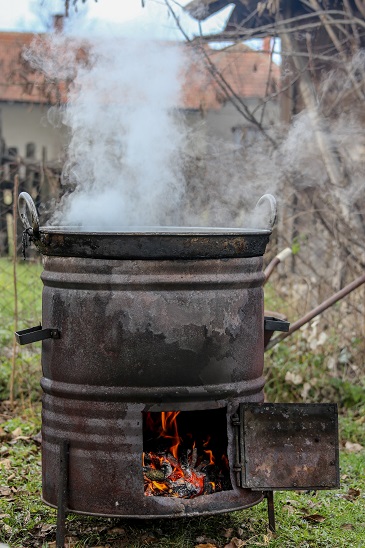Veterans can now receive free treatment after exposure to burn pits and other toxins.
The United States House of Representatives passed the Promise to Address Comprehensive Toxics (PACT) Act in March of this year. The legislation allows veterans to be eligible for compensation and free treatment of adverse health conditions they’ve experienced as a result of being at war, including exposure to toxic burn pits. The bill was then passed the Senate by an 84-14 vote in June, and President Joe Biden vowed to sign it when it reached his desk. However, late last month, the measure was sent back to the Senate after technical errors were addressed and, this time, the Senate’s Republicans did not approve it, citing budgetary concerns. The decision sparked massive outrage among Democratic leaders who alleged Republicans went back on their word, and early this month, the bill finally passed.
With the drama of the PACT Act passage now in the past, many are looking forward to allocating funds to provide adequate health care to veterans exposed to adverse conditions as a result of their time in the service. And burn pits account for many of the health conditions that VA clinics are currently trying to combat.

According to the Unites States Department of Veterans Affairs, a burn pit is “an area devoted to open air combustion of trash.” The VA states further, “The fumes, or smoke that came up from these military burn pits may have both short- and long-term health effects.”
Those in the service have burned all kinds of toxins in these pits from human and medical waste to ammunitions, batteries, metals and construction waste, including asbestos. When the toxic fumes are released into the air, they include hazardous particles that are ingested by those nearby. The pits were extensively used in Iraq and Afghanistan.
The new bill, officially the “Sergeant First Class Heath Robinson Honoring our Promise to Address Comprehensive Toxics bill,” will no longer require individual veterans to prove that exposure to burn pits caused them harm. The act also codifies nearly two dozen respiratory illnesses and cancers shown to be connected to exposure. Moving forward, all veterans will be screened at VA appointments for these illnesses and 31 new clinics will be opened in various states.
Burn pits are not an uncommon method of disposal. There has been widespread use of these pits overseas. In fact, CNN’s Paul Leblanc reported in 2021 that “86% of veterans who served in the aftermath of 9/11 reported exposure to burn pits.” And, according to the VA, “burning waste in pits can prove more toxic than in a commercial incinerator which operates a controlled, high-temperature burn.”
Burn pit toxins have been shown to impact nearly every part of the body, including the lungs, heart, nervous system, GI tract and many other internal organs. These invasive fumes have led to life-threatening health conditions which sometimes have shown up years after a vet has left the service. The PACT Act has, therefore, but a long time in the making. Short-term symptoms of exposure can include eye and throat irritation, coughing and difficulty breathing, itchy skin and a rash. The longer-term effects can include severe respiratory conditions, heart failure, neurological issues and cancer.
Despite widespread knowledge of the negative effects of the pits, the Department of Defense has not officially banned them to date.
Sources:
What are burn pits? Why were burn pits used? Toxic fumes, medical risks explained.


Join the conversation!